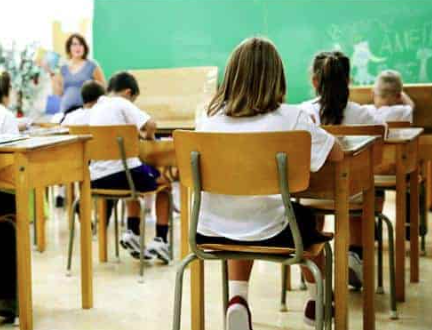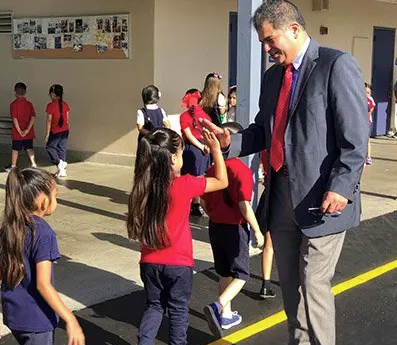Effective school leadership requires a balanced and thoughtful approach to student discipline. Rather than focusing solely on punitive measures, today’s most successful leaders implement discipline strategies that are consistent, inclusive, and grounded in the school’s values. Strong leadership in student discipline promotes fairness, accountability, and a positive school culture where students are empowered to learn from mistakes and develop self-regulation skills.
1. Establishing a Clear Vision for Discipline
Leaders must begin by articulating a shared vision for student behavior and discipline that aligns with the school’s mission and core values. This vision should emphasize learning, respect, and growth rather than punishment.
How to define a discipline vision:
- Collaborate with staff, students, and families to co-create behavior expectations
- Align disciplinary goals with the school’s equity and inclusion initiatives
- Communicate expectations clearly and consistently across the school community
2. Promoting Restorative Practices
Restorative discipline strategies focus on repairing harm and rebuilding relationships rather than assigning blame. These practices encourage students to reflect on their actions and engage in meaningful dialogue with those affected.
Strategies include:
- Restorative circles to process conflict and share perspectives
- Reflective writing or conversation prompts to explore root causes of behavior
- Facilitated conferences between students and those impacted
Restorative approaches foster empathy, responsibility, and community healing.
3. Ensuring Consistency and Fairness
Discipline must be applied consistently and fairly to build trust and avoid perceptions of bias. Leadership should monitor discipline data to identify disparities and ensure equitable treatment of all students.
Best practices for consistency:
- Train staff on implicit bias and culturally responsive discipline
- Use clear protocols for addressing behavioral incidents
- Analyze data regularly to assess and adjust disciplinary practices
4. Fostering Positive Relationships and School Climate
A proactive approach to discipline begins with cultivating strong relationships between students and adults. When students feel connected, understood, and respected, they are more likely to adhere to behavioral expectations.
Ways to build relationships:
- Greet students by name and check in regularly
- Celebrate positive behavior publicly and frequently
- Empower students through leadership roles and classroom responsibilities
5. Implementing Tiered Support Systems
Multi-tiered systems of support (MTSS) provide tailored interventions based on students’ individual needs. Tiered discipline allows for preventive strategies, targeted support, and intensive interventions as necessary.
Examples of MTSS in discipline:
- Tier 1: Schoolwide expectations and universal SEL programs
- Tier 2: Small group behavior coaching or check-in/check-out systems
- Tier 3: Individualized behavior plans with support from counselors or specialists
6. Engaging Families and Community Partners
Families and community organizations are essential allies in supporting student behavior. Regular communication and collaboration ensure that discipline strategies are reinforced at home and supported by broader community resources.
Ways to involve families:
- Hold workshops on positive behavior support and SEL
- Invite family input on discipline policy development
- Partner with local mental health or mentoring programs for additional student support
Conclusion
Leadership in student discipline requires a blend of structure, empathy, and intentional collaboration. By emphasizing relationship-building, restorative approaches, and equity-driven practices, educational leaders can create safe and supportive environments that promote growth and learning. Discipline becomes not a tool for control, but a catalyst for student development and community strength.














